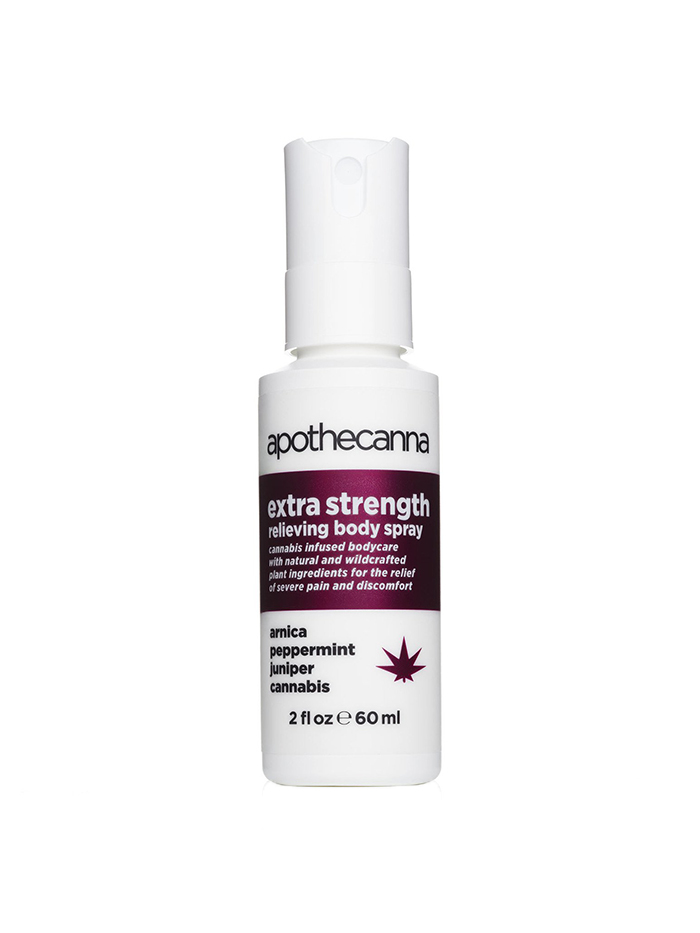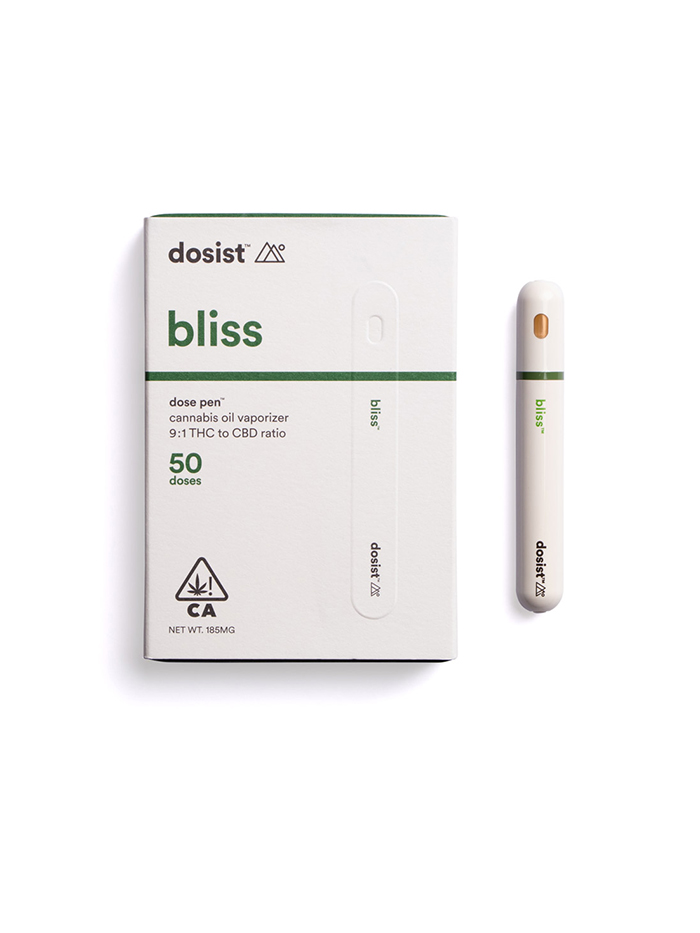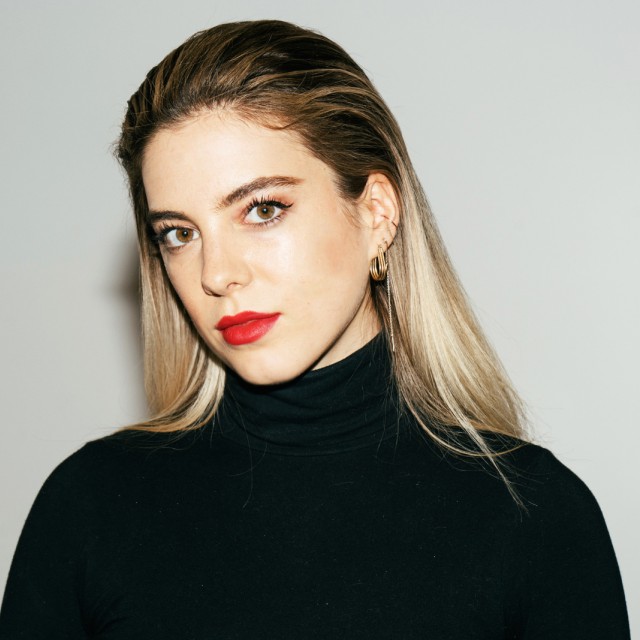The Woke Guide to Cannabis
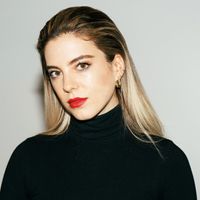
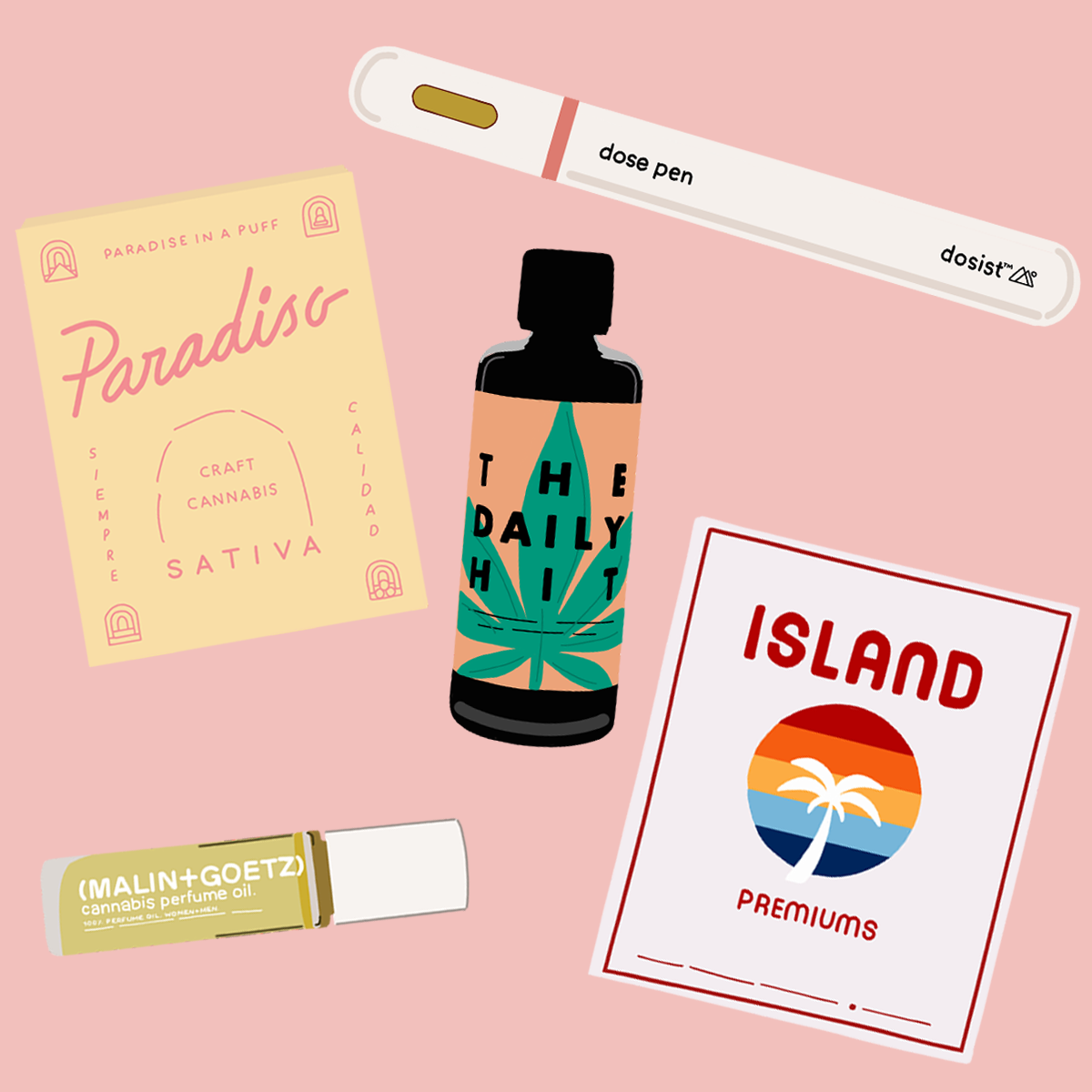
As recently as a few years ago, I didn't know much about weed beyond the fact that it was one of the only things that had ever helped my persistent anxiety and insomnia. I certainly never imagined that I would be writing about my consumption on a public platform. It was something that I knew—even in my privileged position as a white, upper-middle-class woman—might invite a barrage of opinions about who I was as a person or my work ethic. And even as a constituent of decidedly progressive media companies, I was not willing to take a gamble on my career due to stigma. (In retrospect, the fact that I was so nervous about all this proves that even I wasn't immune.)
Then things changed very quickly. More states moved to legalize cannabis. More and more people began talking about weed, which was a start. CBD started to pop up everywhere. But it was really when my current home of California officially went recreational in January that I noticed a full-on industry explosion. In just the past six months, it has been incredibly exciting (if not overwhelming) to witness the volume of new brands and leaders looking to pioneer and shape this industry. And suddenly, it became vital to become exponentially more informed about it all.
I have learned, for example, that "marijuana" is a politicized term to avoid. (I use "weed" or "cannabis".) I have immersed myself in the fascinating science behind CBD. I have spoken to many female industry leaders about how they're redefining what it means to be a consumer. And above all else, I have come to understand that my position as a white woman gives me an immense and deeply unfair advantage in the realm of cannabis use. The war on drugs rages on—and even in progressive cities, white people are exponentially less likely to be arrested for cannabis possession than black and Latin-x people.
It's messy. It's complicated. It's distressing and bizarre, even, to be sitting here in the hyper-progressive bubble of Los Angeles—a veritable Candy Land of weed—knowing that people in other cities across the country are imprisoned for the very thing that markedly improved my life and eliminated the need to resort to medication. But the fledgling cannabis industry is brimming with potential (and not just in terms of its health benefits—the incredible revenue from Colorado's recreational industry has helped fund its public school system, for example). That means it's time to start putting stigma aside, get acquainted with the science, and, whether you're looking to start dabbling with CBD or are a seasoned consumer, to be as informed on the subject as possible.
Fortunately, it's easier than ever—a new crop of smart and beautifully curated cannabis publications have made this kind of conscious consumption their mission. One of Wholesale Replica Bag to make waves is Nice Paper, a weekly newsletter that offers everything from product recommendations and Wholesale Replica Bag on legalization to the science behind how cannabis can help assuage anxiety. Journalists Marta Freedman and Charlotte Palermino decided to launch Nice Paper as a way to fight the stigma through information—not to mention a highly curated feed of brands and products they themselves would actually want to buy. (Seriously—check out their highly covetable Instagram feed.)
With our shared M.O. in mind, I deferred to the Nice founders for a mini crash course in staying woke on weed—the political issues to keep in mind, the real difference between THC and CBD, and everything in between. School is in session below.
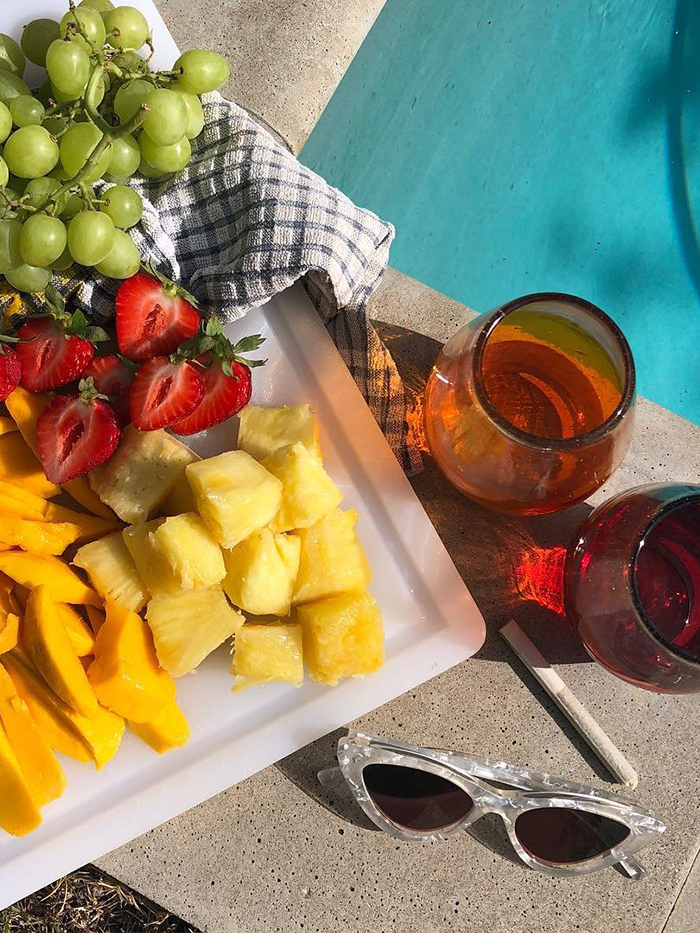
First things first: Use the term "cannabis", not "marijuana".
Terminology matters—especially when the word in question has been used specifically to stoke racism and xenophobia. "Marijuana isn't an English word," says Palermino. "It was adopted into U.S. mainstream because of public officials and politicians using it to make it sound 'foreign' and directly target blacks and Latin-x people. We don't want to use a word that has historically been used to turn the public against cannabis."
The same goes for "medical marijuana" or "recreational marijuana". "Cannabis is its scientific name," says Palermino. "It sounds more medicinal, which it is. Can you imagine if we still used terms used to demonize alcohol in public policy like hooch, booze, or white lighting? It would be bizarre. It's bizarre we still use marijuana, particularly among news organizations."
It's crucial to acknowledge those who are targeted (and all too often, incarcerated) over cannabis use because of their race, ethnicity, or demographic.
Even as states continue to legalize cannabis, incarceration rates continue to be sky-high: In 2016, more people were arrested for cannabis possession than rape, murder, aggravated assault, and robbery combined—a total of 587,700. And make no mistake: These policies have historically targeted marginalized groups, perpetuating a broken justice system and putting families and communities at an immense disadvantage.
"The war on drugs is a racist policy with black and Latin-x people being incarcerated at rates far above white people," says Palermino. "Even with recent policy changes, a white New Yorker is eight times less likely than a black person to be arrested for possession even though we use cannabis at the same rates." This is actually why Palermino and Freedman opted to remain in NYC rather than establish a more cannabis-friendly city like Los Angeles as their home base. "One of the reasons we stayed in New York is to pressure [governor] Andrew Cuomo and others in Albany to legalize a drug that's treated as though it's more dangerous than opium, which is insane," she says.
Here's the skinny on CBD since we know you're wondering.
In recent months, I've fielded more questions about CBD than any other wellness trend or topic. It's popping up all over the place, and people want to know if it really lives up to the hype—especially since it's nonpsychoactive and is becoming widely available—even in states that haven't legalized yet.
A quick refresher course: THC is the psychoactive compound of the cannabis plant and is responsible for that signature high. CBD is nonpsychoactive and is found in high concentrations in cannabis and hemp. Both are cannabinoids, which means that they bind to receptors in our brains to trigger a physiological reaction. And CBD specifically has been shown to have impressive anti-inflammatory, antidepressant, and antibacterial properties—which is why there's so much buzz around the compound, especially for those who are wary about getting high.
But even those who do want that buzz are looking to amp up the ratio of CBD to THC—especially as cannabis has transitioned swiftly into the wellness market. "Looking at how cannabis has been bred over the years specifically with the goal of jacking up THC, other therapeutic elements have been overlooked by traditional marketers or have been more of an afterthought," says Palermino. "Now that the market is seeing that people don't want to just get high, it's becoming less THC-forward and you're seeing brands (some of which are made by women) that show other cannabinoids."
The applications of CBD are many, which you might be able to gather just from the sheer scope of products available. CBD is an adaptogen (meaning that it helps balance cortisol levels in the body), which is why it's joining the ranks of reishi and ashwagandha as an add-in for smoothies and even cocktails. I add a few drops of CBD oil to my morning coffee to take the edge off and boost my focus. I'm also a huge fan of using it topically for sore muscles, menstrual cramps, and for brighter skin.
That said, it's really important to know exactly what you're taking or putting on your body.
This rings true for any kind of supplement (or beauty product for that matter), but cannabis is a potent compound, so it's best to practice caution—and stay informed. "CBD isolates can be full of pesticides pending the CBD source and the dosing may be off, as FDA oversight is lacking," says Palermino. If you've had a less-than-stellar experience with CBD, this might be the reason.
"In some tests, up to 70% of CBD bottles in the group were incorrectly labeled—either in calling out pesticides, traces of mold, and dosing, which matters, as it directly impacts its efficacy," says Palermino. "For us, it's disheartening when someone tries something and writes off the entire plant as a hoax because of a single bad experience. We want to change that by educating people."
Your best approach is to simply do your research: Know what you're looking for, read reviews, and purchase from reputable brands and sellers. (We have some great recommendations to get you started.) Also know this: "Cannabis spans every category, and because it's a complex plant with hundreds of compounds, no two people will react the same," says Palermino. It might take some experimentation to find the best approach for you. (Just remember to consult your doc before making any drastic changes to your routine.)
Weed is in the middle of a (much-needed) rebrand—led largely by women.
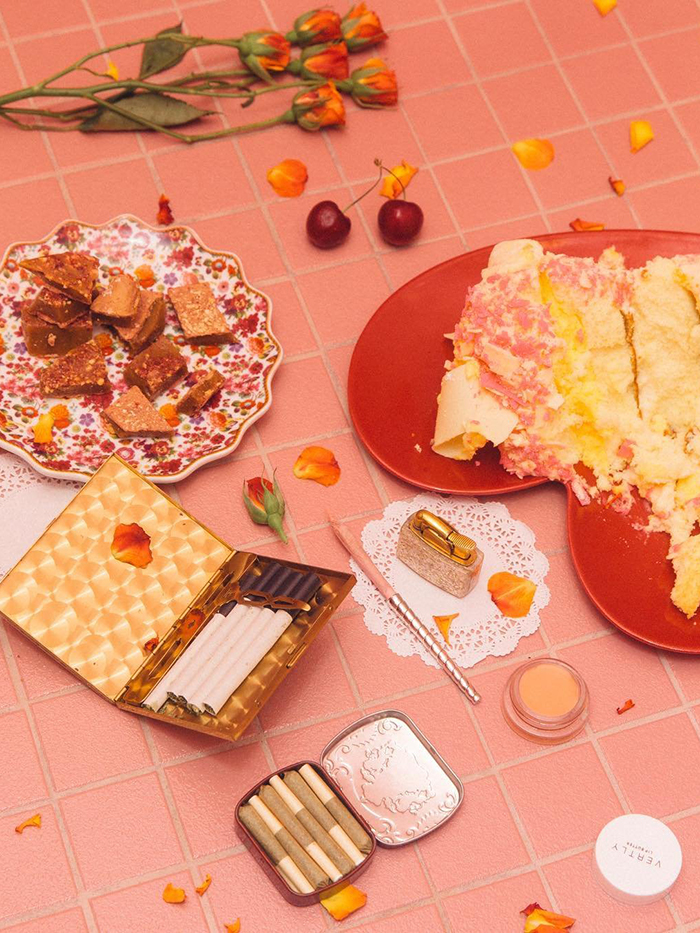
One of the most exciting aspects of this explosive new industry is that companies are clamoring to target discerning new customers—namely, women who don't relate to the tired "stoner culture" aesthetic.
"High-functioning people integrate cannabis into their lives in thoughtful ways—people who juggle full lives, busy careers, families, and rigorous self-care regimes," says Anna Duckworth, a co-founder of Miss Grass, an elevated cannabis publication and e-commerce platform geared toward women. "This notion that consumers do little besides loaf on a couch taking bong hits is just so antiquated."
It's a shift I've already taken note of as both a consumer and as a wellness writer—especially in L.A., which has started to serve as a kind of frontier for the industry. My Instagram feed is full of gorgeous images from cannabis publications and accounts like Nice Paper, Miss Grass, Gossamer, and Broccoli Mag. I walk into MedMen—the self-described "Apple Store of weed"—and browse sleek Dosist pens and cheeky pre-rolls from Pure Beauty. At this point, chic new CBD products land on my desk twice a week. It's a lot, but it's exciting nonetheless.
Above all else, aim to be an informed consumer.
It's incredibly easy to feel overwhelmed by the sheer volume of brands and products hitting the market at a breakneck pace. But at the end of the day, cannabis is an incredibly potent and medicinal compound and needs to be treated with care. That's why it's so heartening to see publications like Nice Paper making it their mission to educate the consumer—on everything from the political issues at hand to the science behind different compounds and products so that you can make an informed and conscious decision for your health.
"Weed is nice, people are nice, so let's talk about both of them openly while recognizing its history," says Palermino. "Right now we're seeing a lot of beautiful lifestyle publications build audiences, and that's extremely motivating as we see the market. For us, we want to keep it to products, people, and stories all firmly rooted in weed. Much like you'd talk about beauty, a market that's very loosely regulated by the FDA with products making a range of claims, we want to help people sort through the clutter, understand the products, and make educated decisions on what they want to buy or try.
"Basically," she says, "we want everyone to have a really nice time."
Next up: Four female-led cannabis companies to support with your dollar.
This article is provided for informational purposes only and is not intended to be used in the place of advice of your physician or other medical professionals. You should always consult with your doctor or healthcare provider first with any health-related questions.
